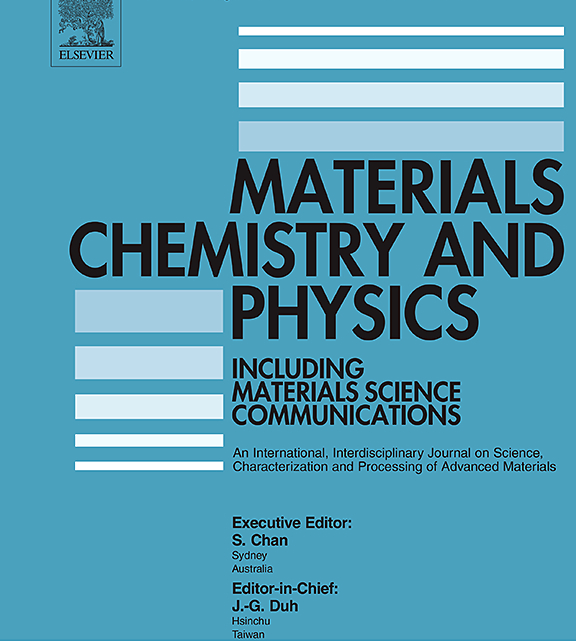This guide will lead you firmly into the field of matchemphys, seeing its history, principles, use, and more. Matchemphys: Connecting the Gap between Mathematics, Chemistry, and Physics Have you ever wondered how the intricate dance between mathematics, chemistry, and physics impacts our knowledge of the world? Come to the amazing world of matchemphys! This interdisciplinary field is all about using the power of these three basic sciences to solve complicated likely
The past of Matchemphys
Beginnings and Formative Years
The relatively new term “matchemphys” comes from the long history of combining physics, chemistry, and mathematics. The Renaissance, when polymaths like Leonardo da Vinci and Galileo Galilei started combining scientific disciplines to study the natural world, is when this interdisciplinary approach first emerged. However,it became more formalized in the 20th century as scientific research became more specialized and team-based.
Important Tip Points in the Evolution
Significant progress in matchemphys was made in the 20th century. With the discovery of quantum mechanics, the periodic table, and thermodynamics, to mention a few, the lines between mathematics, chemistry, and physics became increasingly hazy. These important occasions made it possible for matchemphys to be understood and used in the present day.
Basics of Matchemphys
Basic Ideas
Matchemphys is fundamentally based on a number of core ideas. The principles of quantum physics, rules of motion, chemical bonding theories, and mathematical modelling approaches are some of these. These principles are essential knowledge for anybody interested in delving into this interdisciplinary topic.
Essential Concepts and Models
Molecular orbital theory, statistical mechanics, and quantum theory are important concepts and models in quantum mechanics. From subatomic particles to macroscopic systems, these frameworks aid in the explanation and prediction of the behavior of matter and energy at different scales.
Uses for Matchemphys
Practical Applications in Many Domains
There are numerous uses for Matchemphys in various fields. It aids in the creation of new materials with particular properties in the field of materials science. Understanding molecular interactions helps pharmacologists create new drugs. Matchemphys aids environmental science by facilitating the study of pollutants and how they affect ecosystems.
Case Studies and Illustrations
A breakthrough in electronics, materials science, and nanotechnology was made possible by the application of matchemphys principles to the discovery of this material.
Technology’s Matchemphys
Combining Modern Technology with Integration
Significant breakthroughs have resulted from the fusion of it with contemporary technology. For example, computational chemistry and physics extensively utilize mathematical algorithms to model and investigate intricate systems, allowing scientists to forecast outcomes and create novel technologies.
Novelties and Progress
Modern advances in physics include the creation of quantum computers, which use ideas from all three fields to execute calculations at previously unheard-of speeds. Utilizing machine learning to discover new materials, where algorithms are used to predict the characteristics of novel compounds, is another example.
Issues in Matchemphys
Typical Difficulties and Problems
Studying and working in matchemphys has its challenges, despite its many advantages. Those include the difficulty of keeping up with the rapid advancements in each discipline, the need for advanced mathematical skills, and the complexity of integrating knowledge from various fields.
Answers and Plans
To surmount these obstacles, one needs a solid grounding in the fundamentals of every discipline, ongoing education, and cooperation with professionals in other domains. Keeping up with the most recent research and using computational tools can also help to mitigate some of these challenges.
The future of Matchemphys
New Developments
Given new developments in nanotechnology, artificial intelligence in science research, and the emergence of quantum computing, the future of it appears bright. The possibilities in this multidisciplinary field are probably going to be pushed by these trends.
Forecasts for the Upcoming Decade
Advances in matchemphys will drive significant breakthroughs in energy storage, sustainable materials, and medical technologies in the coming ten years. Innovations and discoveries will be accelerated even more by the ongoing integration of computational techniques and experimental research.
FAQs
1. Describe matchemphys.
Matchemphys is the study of physics, chemistry, and mathematics combined to solve scientific problems and create new technologies.
2. What everyday uses does Matchemphys have?
It helps create technologies in electronics, healthcare, and other fields, as well as new materials and improved industrial processes.
3. What kinds of jobs are compatible with Matchemphys?
Research scientists, materials scientists, chemical engineers, and positions in academia and business are among the professions.
4. How does matcha make sustainability better?
It supports the development of renewable energy technologies, efficient industrial processes, and environmentally friendly materials.
5. How can I get more information about matchemphys?
Read books, scientific journals, and online courses to gain knowledge. Useful courses are available on websites like Coursera and Khan Academy.
Conclusion
Matchemphys is a multidisciplinary approach to comprehending and resolving complex scientific problems. It represents the harmonious convergence of mathematics, chemistry, and physics. Matchemphys has always sparked innovation and discovery in a variety of fields, from its historical origins to its contemporary uses. Metaphysics has a significant and broad impact on a variety of fields, including quantum mechanics, novel materials, ecological behaviours, and groundbreaking research. The future developments and clients in this subject should be very exciting for all who would like to follow it, as there is a tonne of chance for growth.
